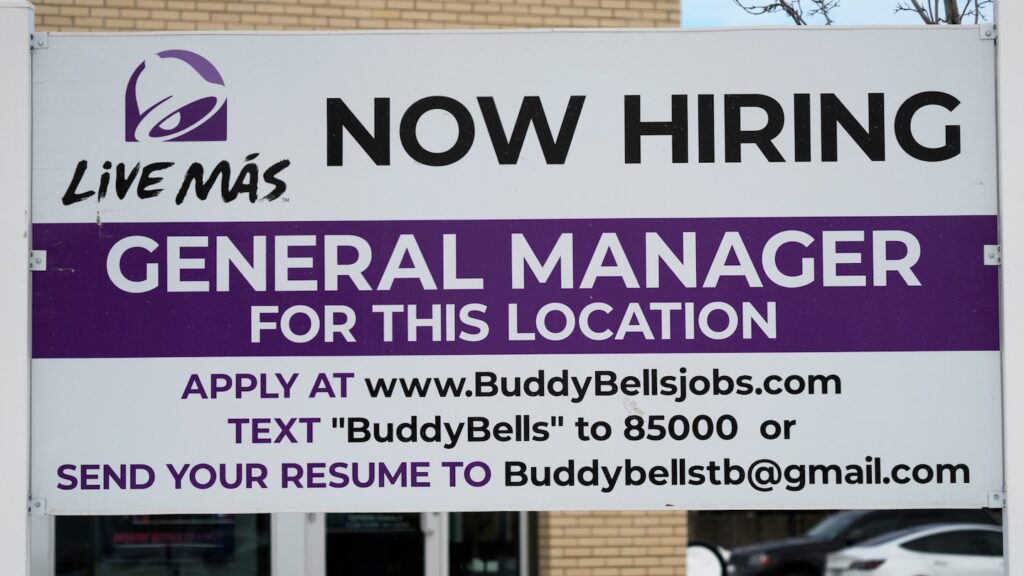
“Last year the labor market was white hot,” said Daniel Zhao, lead economist at Glassdoor. “Now it’s just hot.”
The increase in job openings was primarily driven by shifts in retail, food service and accommodation. Separations remained little changed, even as big name companies across finance, media and tech moved to rein in their head counts. Hiring was still strong and steady across all industries at 6.2 million.
The rate at which people quit their jobs also remained steady, with 4.1 million workers voluntarily leaving in December.
The ratio of unemployed workers to job openings — a measure closely watched by the Federal Reserve — slid lower in December to 0.52, according to the Washington Center for Equitable Growth. Workers tend to have more bargaining power when there are fewer available workers per job opening.
Today’s JOLTS report underscores what a record-breaking year 2022 was in the labor market:
🏆 Most hires in any year ever (76.4M)
🏆 Most quits (50.5M)
🏆 Least layoffs & discharges (16.8M)— Julia Pollak (@juliaonjobs) February 1, 2023
Despite the rising layoffs across industries spanning tech, finance, media and housing, the economy added 223,000 jobs in December, according to a different government report, reflecting the complex forces that seem to be pulling the labor market in competing directions.
Overall hiring in 2022 reached a record at 76.4 million, according to Julia Pollak, chief economist at ZipRecruiter. Last year also marked a record for employees who quit their jobs, some 50.5 million people.
Signs of labor market easing surfaced in ADP’s latest private payrolls report, also released Wednesday, which saw its smallest increase in the past two years with 106,000 jobs added in January. That’s down from its snapshot of 235,000 jobs added in December. The slowdown was attributed to severe weather’s impact on hiring, as California coped with record floods and the eastern and central parts of the United States were walloped by ice and snow.
As the labor market continues to loosen up, with more workers seeking jobs, employers have been moving away from offering perks that were prevalent amid widespread shortages from remote-work opportunities to bonuses, according to Bledi Taska, chief economist at Lightcast.
“There are many ways employers can signal that hiring is slowing down beyond taking down job postings,” Taska said. “When we see employers drop bonuses or flexible schedules from job ads, that’s significant. Employers may still need workers — but they aren’t as worried about finding them as they were last year.”

